NASCAR driver Kyle Larson was fired by his team, Chip Ganassi Racing, and suspended by NASCAR indefinitely on Tuesday, April 14th, after he used a racial slur during a NASCAR virtual iRacing live-streamed event.
At 27 years old, Larson has been racing in NASCAR’s top series full time since 2014. He has six wins, 56 top-fives, 101 top-tens and over 3,000 laps led over those six years.
Due to the COVID-19 pandemic, NASCAR has been racing virtually on the iRacing platform since March 22. The events are livestreamed and covered on major networks like FOX and ESPN.
The incident happened on Sunday, April 12, during a livestreamed event. Larson was immediately suspended by NASCAR. The organization put out a statement saying, “Kyle Larson violated Sections 12.1 (General Procedures) and 12.8 (NASCAR Member Conduct Guidelines) of the official Rule Book.” Larson must also attend sensitivity training as directed by NASCAR should he wish to be reinstated. At first, Chip Ganassi Racing initially announced a suspension without pay for Larson the day after the violation of NASCAR rules. That announcement was swiftly changed to let the driver go after Larson’s indefinite suspension from NASCAR.
His former team put out a statement reading, “After much consideration, Chip Ganassi Racing has determined that it will end its relationship with driver Kyle Larson. As we said before, the comments that Kyle made were both offensive and unacceptable especially given the values of our organization. As we continued to evaluate the situation with all the relevant parties, it became obvious that this was the only appropriate course of action to take.”
Was this the right decision by the team to fire a driver who was once compared to Jeff Gordon early in his career? Yes. Did they have a choice? No. This is where the business side of the most sponsored sports in America comes into play. Even if Chip Ganassi Racing wanted to keep Larson on their team, they would go bankrupt long before he gets close to racing again.
Why? Sponsorship. The sponsors run the sport; it is all about who is on the hood of the car. After a win, the driver thanks the sponsors first. In this case, Larson lost sponsorship from major names in the sport like McDonalds and Credit One Bank, forcing Ganassi to make the move to cut ties with the driver.
“Hey, I just want to say I’m sorry,” Larson said in an apology video on Twitter. “Last night I made a mistake and said the word that should never, ever be said. There’s no excuse for that. I wasn’t raised that way. It’s just an awful thing to say. I feel very sorry for my family, my friends, my partners, the NASCAR community and especially the African American community. I understand the damage is probably unrepairable, and I own up to that. But I just want to let you all know how sorry I am, and I hope everybody is staying safe during these crazy times. Thank you.”
Over time, NASCAR has worked hard to separate themselves from racist stereotypes and the lack of diversity that the organization started out with in the 1950s. For example, they have launched programs like Drive for Diversity (D4D), which encourages people of different backgrounds and ethnicities to get into the sport and helps them succeed at the top levels. The program was started during the 2004 season by NASCAR marketing executives to bring minority fans and drivers to the historically white and male-dominated sport. Larson, who is of Japanese descent, was one of the drivers to come out of the D4D program.
Another driver who came out of the D4D program and found success is Darrell “Bubba” Wallace Jr. He is the first African American driver to have a full-time Cup series ride since Wendell Scott in 1971. He races for Richard Petty Motorsports, driving the 43-car.
“As much as I didn’t want to be involved, I was from the very beginning,” Wallace said. “There is a part of my background and culture that feels attacked and hurt, and the other part feels confused and angry. Let’s start off with the word. It’s not just a word. There is a ton of negative meaning behind the word. Doesn’t matter if a person uses it in an offensive way or not.”
Wallace also commented, “The word brings many terrible memories for people and families and brings them back to a time that we as a community and human race have tried our hardest to get away from. The sport has made away from the ‘racist and redneck sport’ labels. Diversity and inclusion is a main priority for the sport across every team, every car, every crew member and employee.”
However, Wallace believes in second chances.
“What Larson said was wrong, whether in private or public,” Wallace said. “There is no grey area. I saw the incident the night it happened and within five minutes Kyle texted me. He called me the next morning as well. Finally, I called him back with a FaceTime to talk face to face and we had a good conversation. His apology was sincere. His emotions and pride were shattered. We discussed why he chose to use that language and I shared my thoughts … I told him that it was too easy for him to use the word, and that he has to do better and get it out of his vocabulary. There is no place for that word in this world. I am not mad at him and I believe that he, along with most people deserves second chances, and deserves space to improve. I do wish him and his family nothing but the best. And I am more than willing to work with him to address diversity and inclusion in our sport.”
Just like Larson, Wallace has also had some controversy during the NASCAR iRacing series. In a race at virtual Bristol Motor Speedway, fellow driver Clint Bowyer made contact with Wallace Jr.’s #43 Blue-Emu sponsored Chevrolet, causing both of them to spin out and crash. Rather than continuing the racing 2-3 laps down from the lead cars, Wallace quit the race.
“That’s it,” Wallace said. “That’s why I don’t take this shit seriously. Peace out.”
In that instance, failing to take the virtual race seriously caused the driver to lose his major sponsorship from Blue-Emu for that race and future races.
“Good to know where you stand,” the company tweeted. “Bye bye Bubba. We’re interested in drivers, not quitters.”
On Monday, April 27, Chip Ganassi Racing announced that they found Larson’s replacement ahead of their return to racing at Darlington Raceway on Sunday, May 17. The team tabbed 2003 Cup series champion Matt Kenseth. Kenseth has been in and out of the sport since he formally retired in 2017.
“I haven’t drove really very competitively for a year, year-and-a-half,” Kenseth said. “With some of the talk that I’ve heard about the schedule not really having practice, that certainly gets me behind the 8-ball. You’re going to have a sharp and steep learning curve to try to get caught up. Only time will tell, I’m just going to work as hard as I can at it. Be as prepared as I possibly can be.”
Despite not being as competitive as he once was, Kens
eth will bring a sense of maturity and experience to the organization. He is also teaming up with Kurt Busch once again. Kenseth and Busch were teammates at Rousch Fenway Racing from 2000-2005 before Busch left to go race with Penske Racing.
“I talked to [Busch] a few times on the phone,” Kenseth said. “Just had a few discussions, just had some questions for him on some things, so yeah. That’s part of the allure as well. [Busch] was a great teammate when he started at Roush. I’ve always said he’s one of the best teammates I’ve ever had, and I’ve had a lot of really good teammates.”
Kenseth also commented, “[Busch] as a teammate is always very unselfish. He always works really, really hard at it. Puts in the extra time. Asks the questions. Gives his input. Does all the things that you really appreciate as a teammate. So, I know he’s going to help me a lot. Especially when I first get started here and hopefully get up to speed sooner than later. And hopefully once we get this thing rolling, I can reciprocate and help him as well. I am looking forward to that. It’s certainly a part of it.”
Bringing in a driver like Kenseth was probably one of the best things that this race team could have done. Not only is he experienced, but Kenseth is one of the most well-respected drivers in the garage, and he has been all throughout his career.
“The opportunity to go drive that car, even not really knowing what the schedule is going to look like necessarily the rest of the year, to have the opportunity to go do that is something, after we talked about it, seemed like something to not pass up,” Kenseth said.
Credit One Bank, who is no longer sponsoring Larson, is still on top of the hood for the #42 machine. However, they have made changes to the car’s original paint scheme for the remainder of the season in an effort to distance themselves from Larson and their history with him.
For Larson, it has been a rough month. It was announced on Tuesday, May 5, that Larson is selling two homes in Mooresville, North Carolina for a combined $6.249 million. Whether or not this has direct ties with him not running in NASCAR for the foreseeable future is not known. As for racing, Larson has completed the sensitivity training he was given by NASCAR in order to be able to try and return to the sport. He will be racing in the World of Outlaws series, which is the premier national touring series for dirt track racing in North America. It includes 16 races through mid-June without fans in the stands to abide by CDC guidelines.
It is unclear if Larson will ever return to NASCAR, let alone their top series of racing. He could make it back because of his driving ability alone, but the road will be long and hard for the driver and it remains to be seen if any sponsors will give him a second chance.
Photo Courtesy of Derik Hamilton

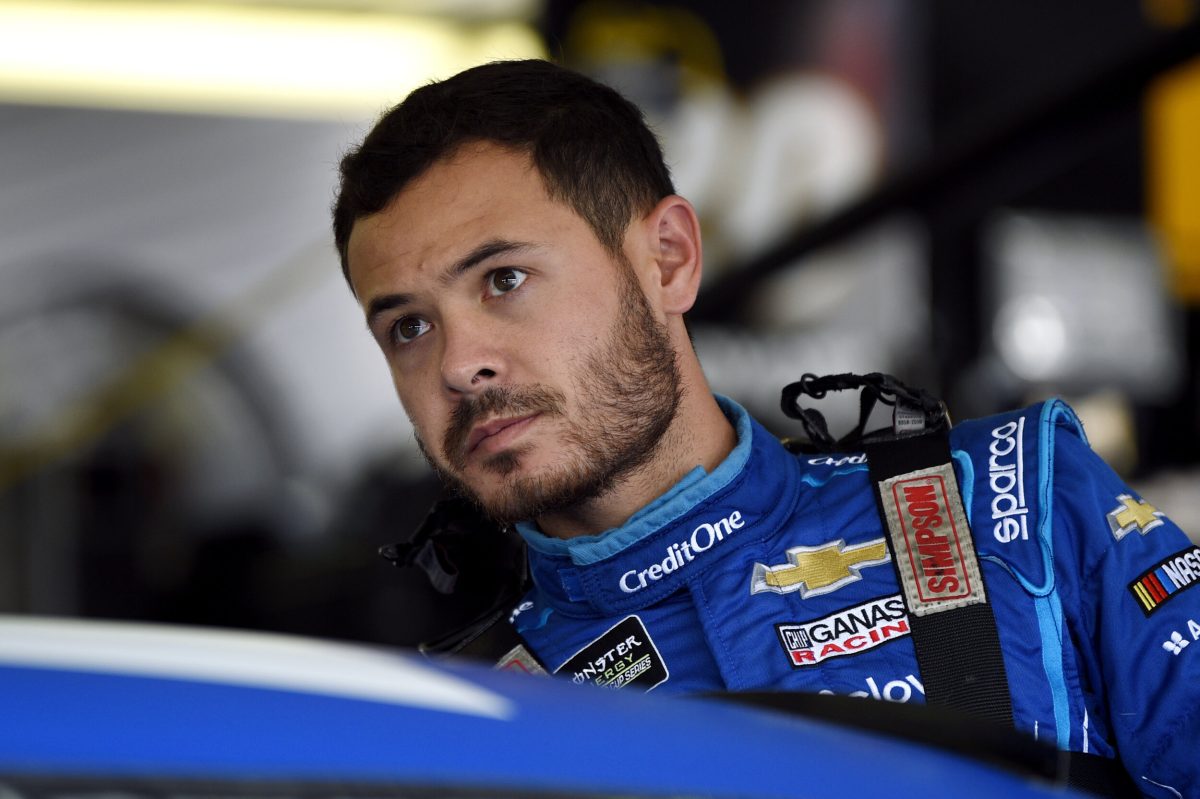

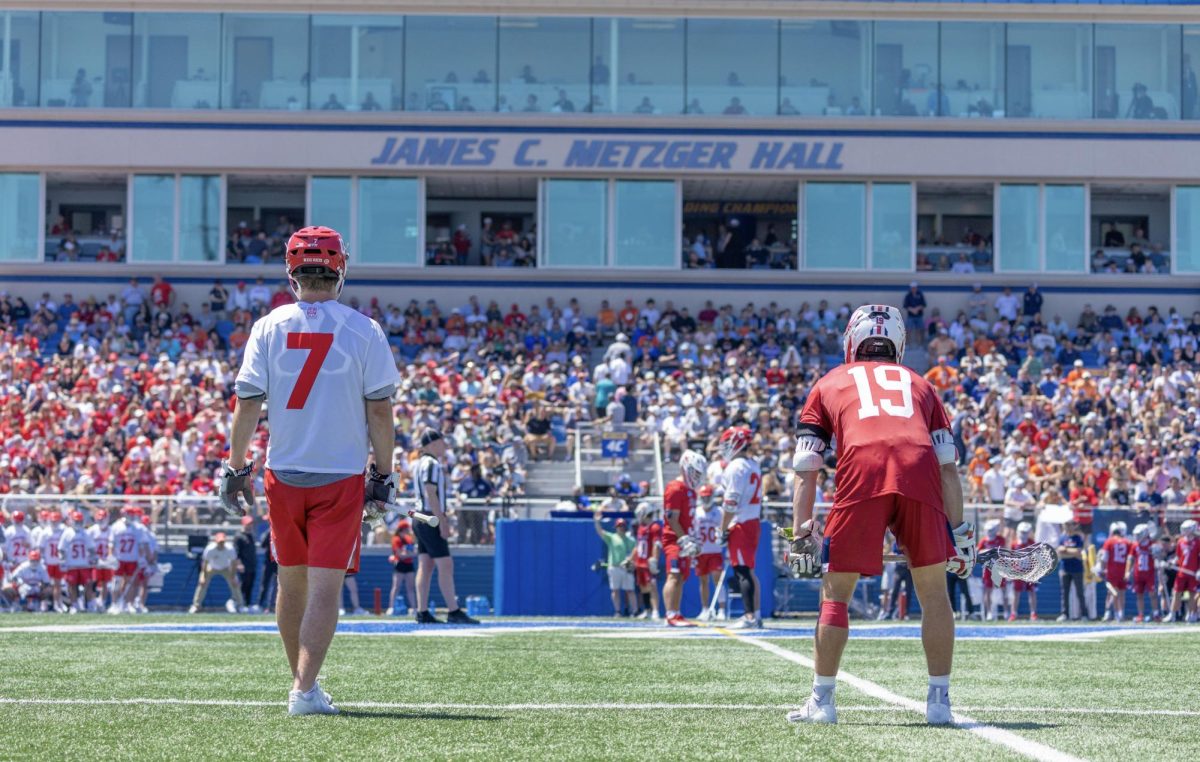
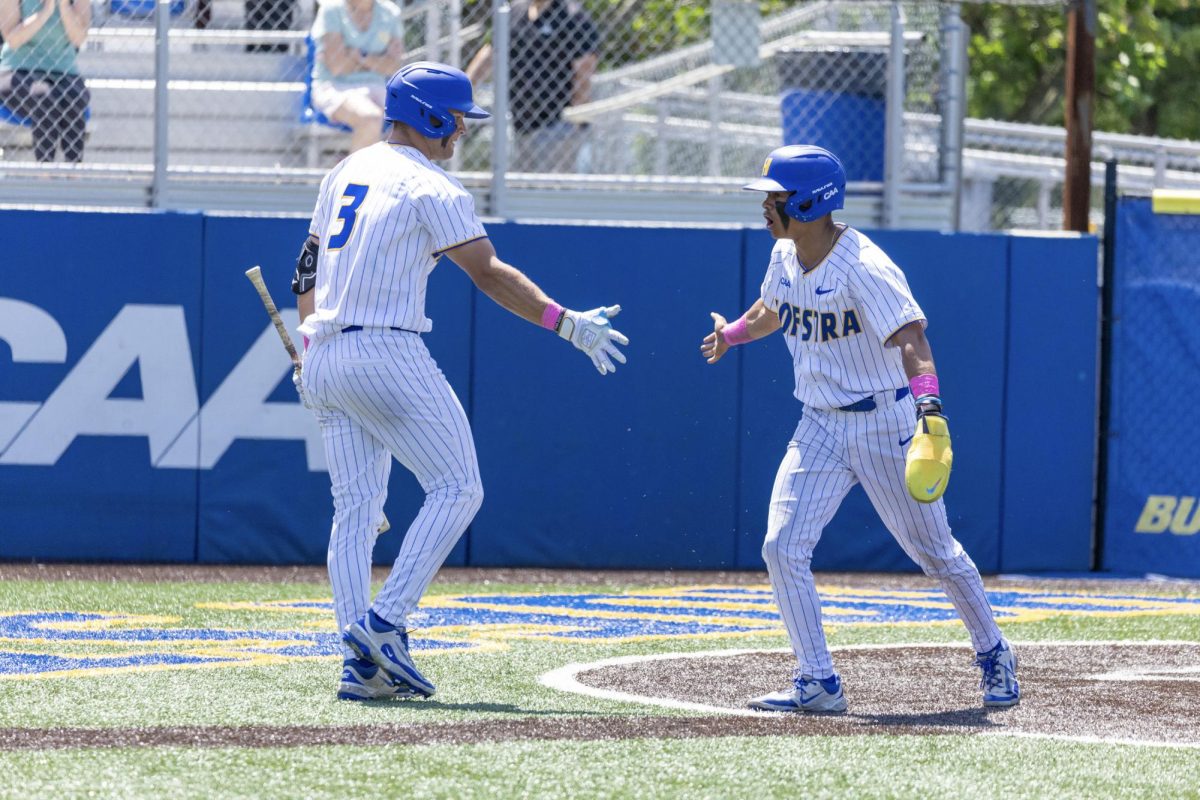
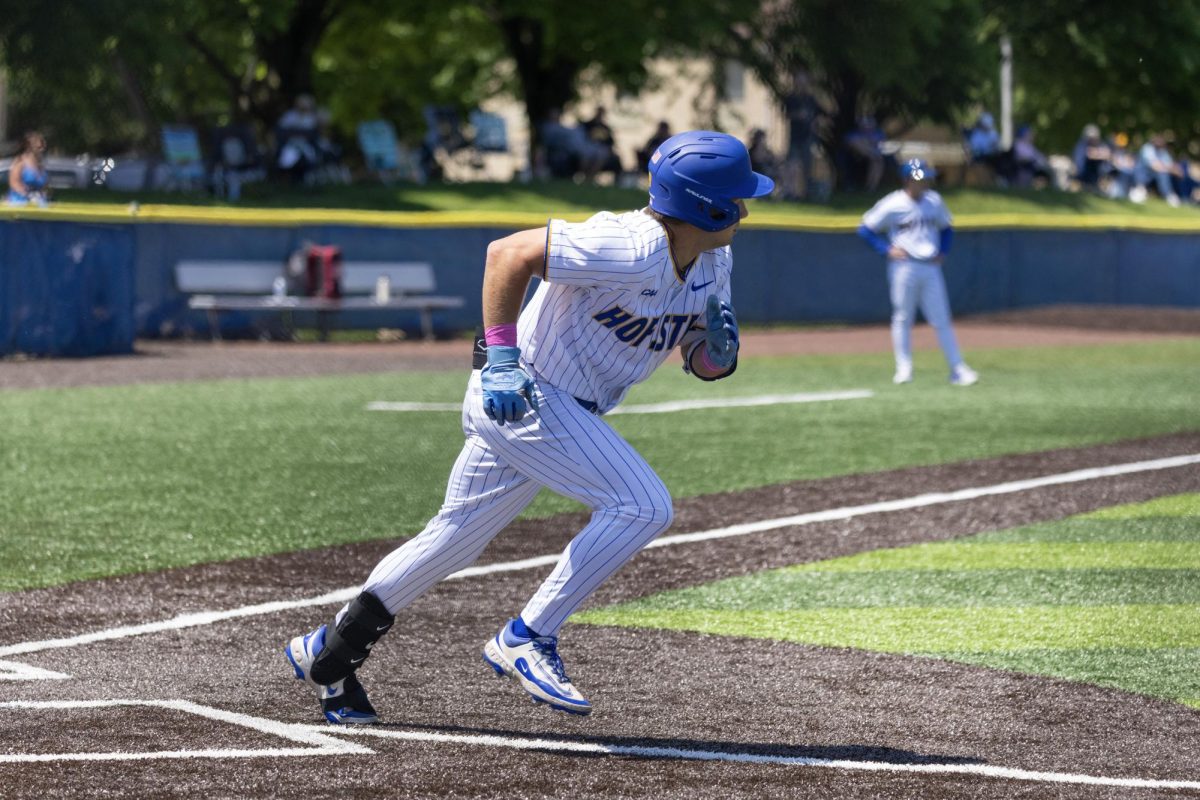
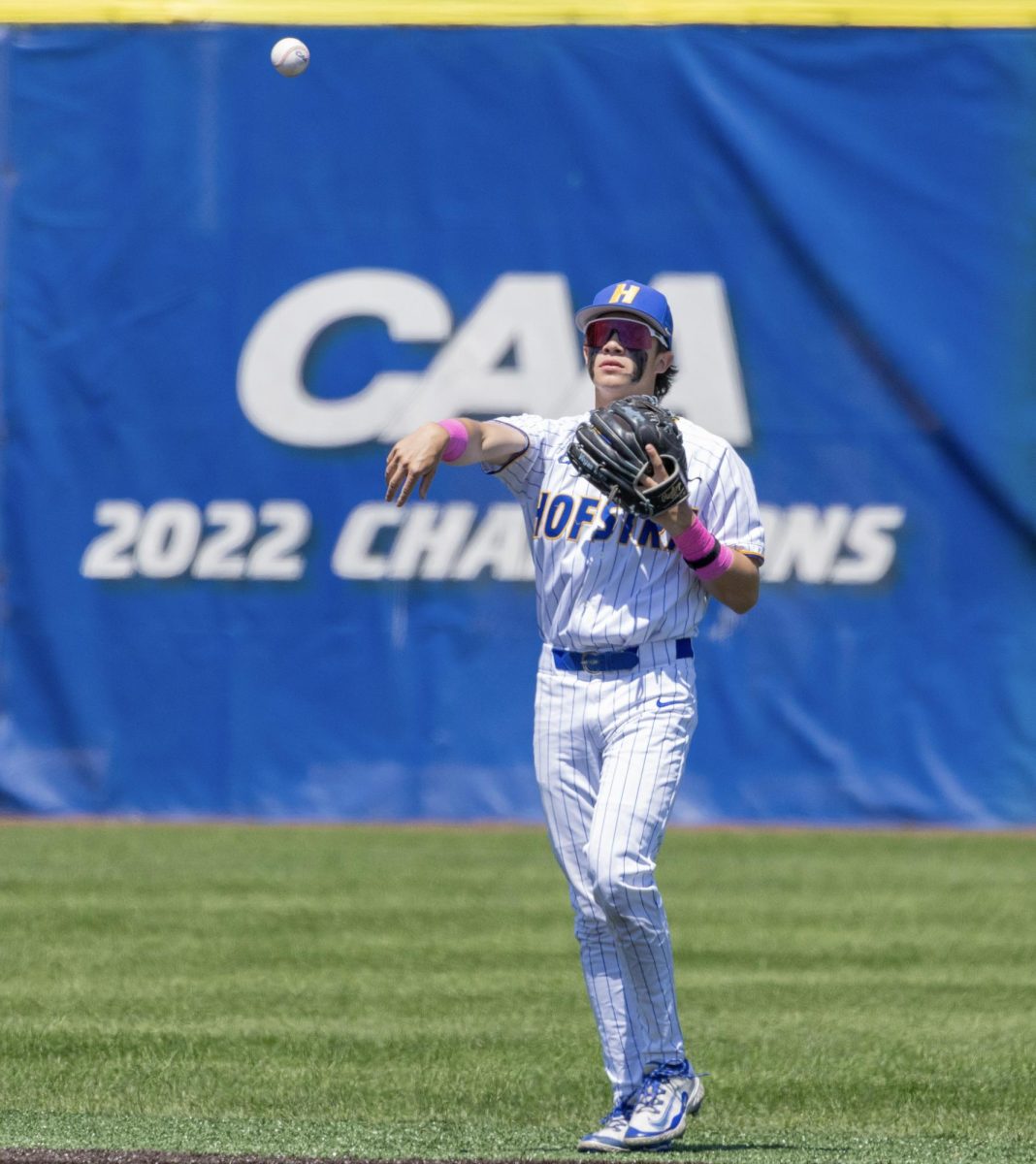
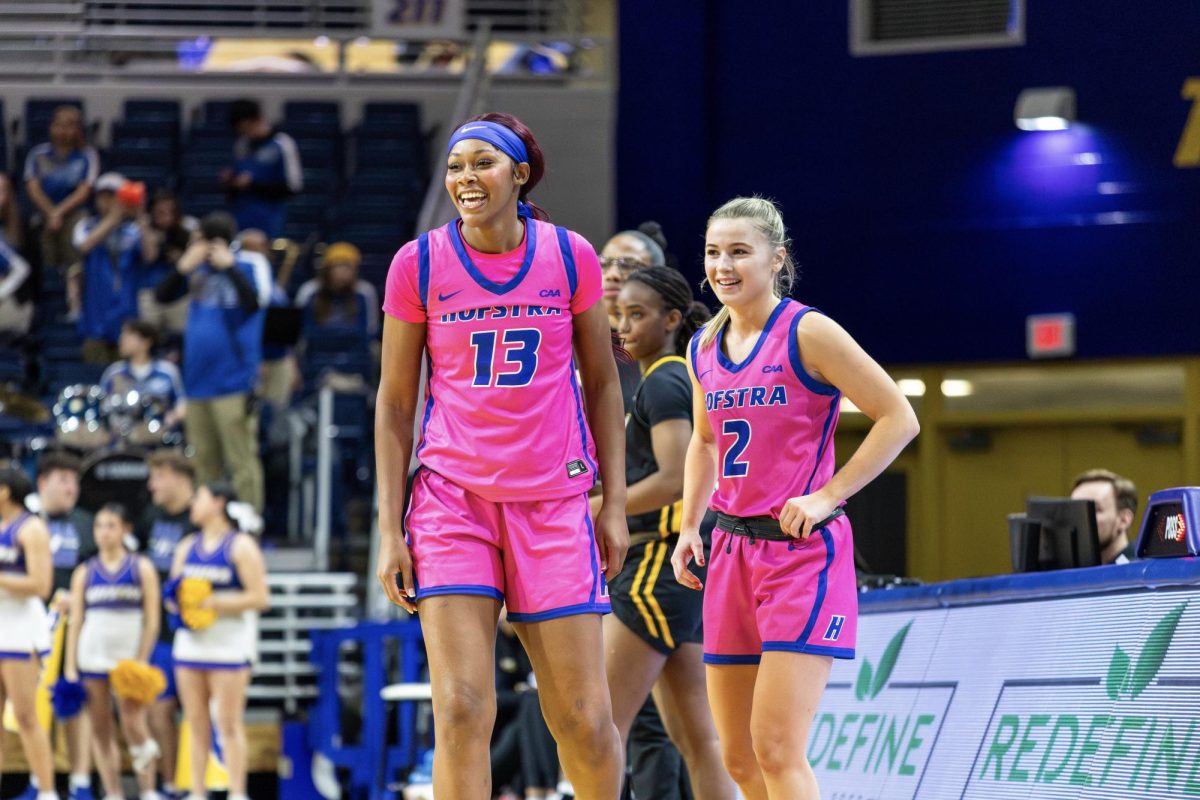
Nick Gambino • May 21, 2020 at 8:49 pm
Great article! Being someone not very in tune with NASCAR you did a phenomenal job of explaining this whole situation.